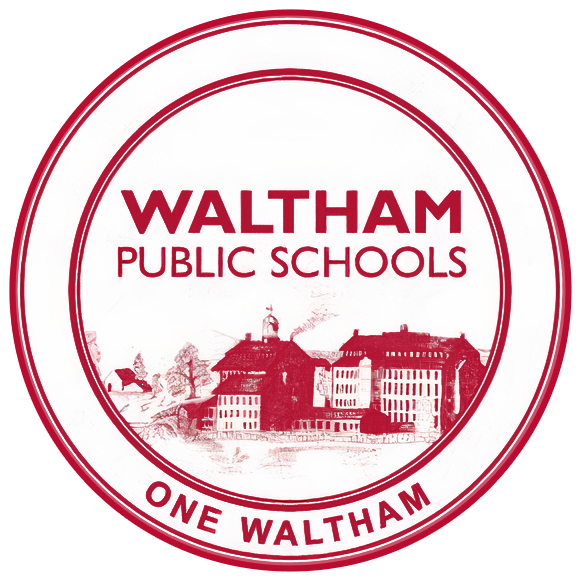Grade 7 Science
Students in grade 7 focus on systems and cycles using their understanding of structures and functions, connections and relationships in systems, and flow of matter and energy. The focus on systems requires students to apply concepts and skills across disciplines. Students will explore the energy of matter, ecosystems, geological processes, motion, and heat. They will investigate how these topics affect our daily lives and conduct experiments that follow the engineering and design process to observe these concepts in action.
Unit | Timeframe | Driving Questions | Major Learning Experiences from Unit |
Matter and Energy Review | 1st Half of September | How are matter and energy related in your daily life? How does energy affect matter? | Research and create a diagram that illustrates how energy and matter are transferred in an ecosystem Explore and model the phases of matter, including solid, liquid and gas Density Investigations: Calculate density by dividing the mass of an object by its volume |
Reproduction in Plants and Animals | 2nd Half of September | What characteristics do plants and animals have to increase reproduction? How can we promote the growth and development of plant and animal populations? | Flower dissection lab: Explain the relationship between structure and function by exploring plant anatomy and reproduction. Partners in Pollination: Research and explain the adaptive structures and behaviors in animals that promote plant reproduction. Bioengineering a flower project |
Interdependent relationships in an ecosystem | October | With the existence of the human population, do we have an obligation to balance ecosystems, or do we leave them to balance themselves? How have humans developed predation, competition and symbiotic relationships within the ecosystems of our planet? | Terrarium/Aquaponic project: design, establish and maintain a mini- ecosystem Research the impact of invasive species and propose solutions Endangered species research pamphlet: use a decision matrix to calculate associated costs of species preservation |
Earth’s systems and Natural Hazards (Water Cycle) | November-December | How has the surface of the Earth changed over time? How has the movement of plate tectonics affected the surface of the Earth? How does water cycle through the hydrosphere? How does the energy of the sun and Earth’s gravity drive the hydrologic cycle? | Weathering and Erosion lab: model and explain how natural forces such as water and wind shape the earth’s surface Holes in the Earth: observe and compare geological formations and use evidence and reasoning to explain how they formed. Water Cycle in a Bag lab Set up models to observe and explain the mechanisms of the water cycle, including the transfer of energy that drives cycling of matter. |
Human Impact | 1st Half of January | How have humans affected the geologic history of our Earth? How have humans mitigated their effect on the geologic history of our Earth? What makes a prediction credible? | Natural Disasters Research Project: research explain the role of human activity in natural disasters Earthquake Epicenter Plotting lab: Triangulate an earthquake’s epicenter using the Modified Mercalli Scale Coastal Flooding Levee Mitigation: research and write a claim supported by evidence and reasoning, on the impact of building levees to mitigate coastal flooding. Cascade Range Volcano prediction activity: track tectonic plate motion to predict volcanic activity |
Forces at a Distance | 2nd Half of January until February break | What is an electrical charge? How does distance and the amount of charge affect an electrical force? How does distance and the strength of a magnet affect a magnetic force? What evidence supports that fields exist between bodies of mass, charges and magnetic properties? | Charged Balloons/Charged Spoons labs: students will simulate and explain electron phenomena Electromagnet lab: create a electromagnet with household items and explain how it works Iron Filings and Magnet lab: use iron filings and a magnet to model and illustrate existence of magnetic fields |
Kinetic and Potential Energy | After February break- Before April break | Where do you see energy affecting your daily experiences? How do mass and velocity impact kinetic energy? How do gravity, mass, and height above the ground impact potential energy? | Energy Skate Park- use the PheT simulation to manipulate and explain the relationship between potential and kinetic energy Roller Coaster Engineering lab: apply knowledge of potential and kinetic energy to design and build a mini-roller coaster. |
Thermal Energy | After April break-June | How is thermal energy transferred? Where do you see thermal energy affecting your daily experiences? When does thermal energy transfer get maximized? When does thermal energy get minimized? | Chill Out lab: use the principles of energy and heat transfer to design, build and test the effectiveness of a lunch box Cultural Connections to Heat Transfer: research how communities across the globe use clothing or other apparatus to keep warm or cool. |
